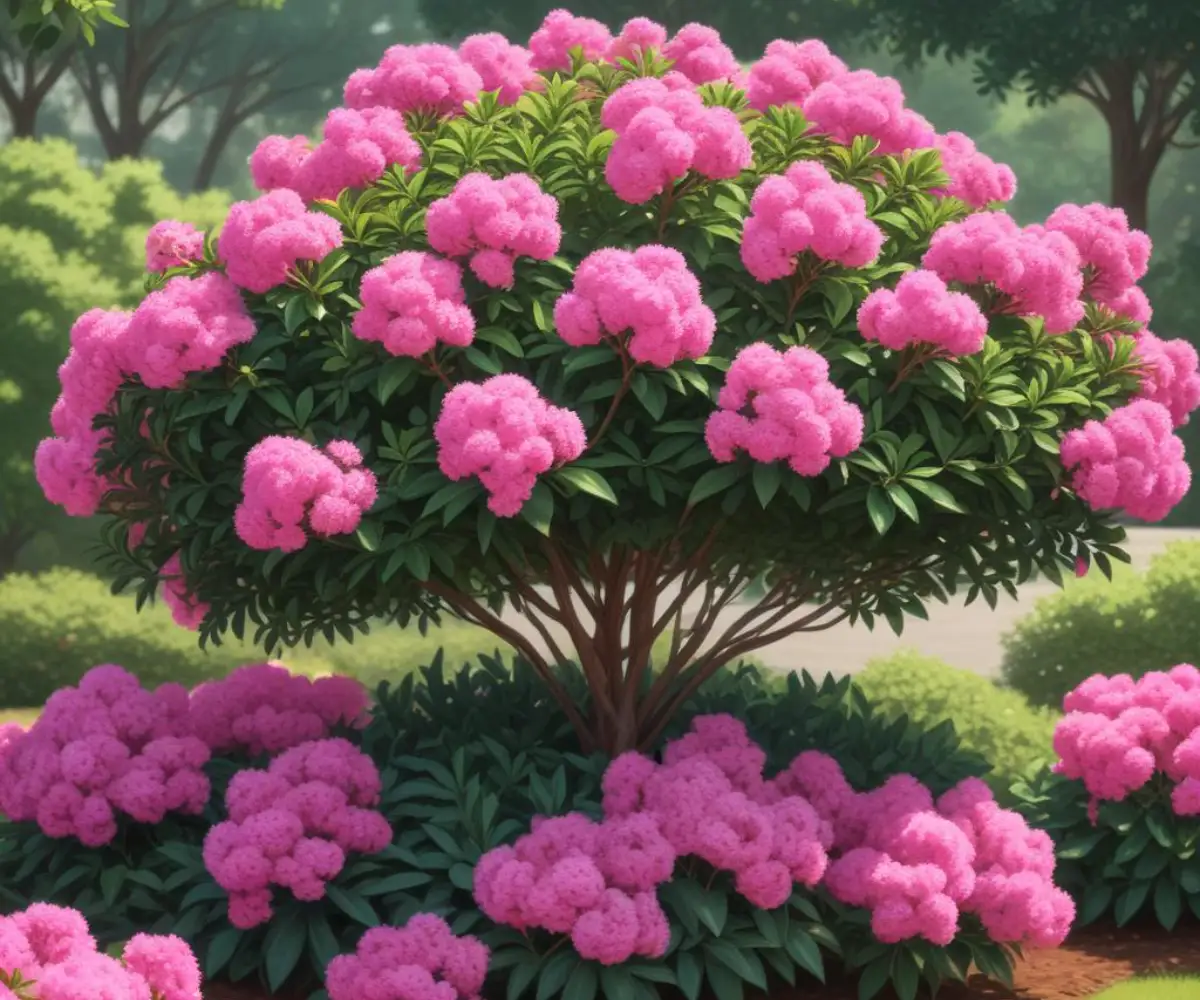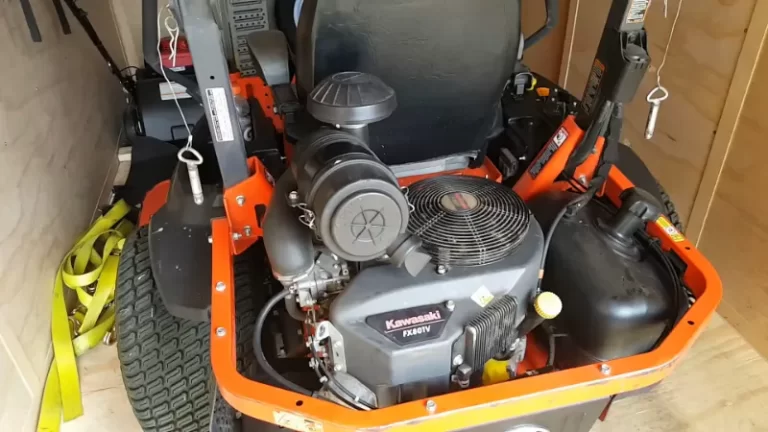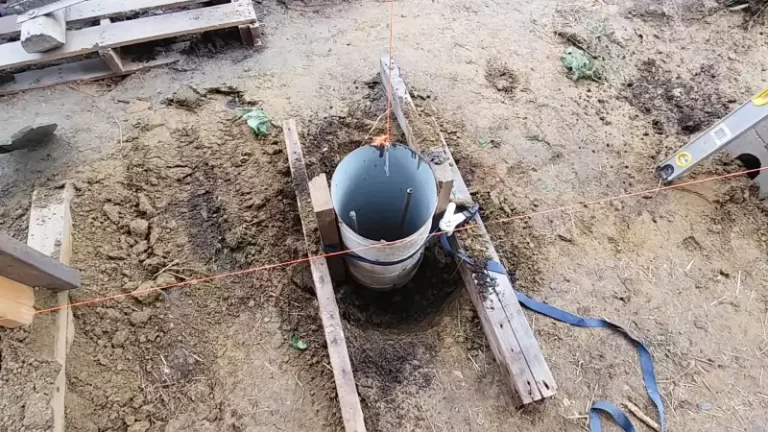Zone 6 Crape Myrtle Secrets: Get Summer Blooms in Cold Climates!
You admire the iconic, summer-long blooms of the crape myrtle, a staple of southern gardens. Yet, living in USDA Zone 6, you’ve likely faced the frustrating problem of winter dieback, sparse flowering, or outright plant loss. It’s a common challenge: these heat-loving beauties often struggle to survive, let alone thrive, when winter temperatures dip below zero.
This recurring disappointment leads many northern gardeners to believe that a stunning crape myrtle is simply out of reach. The core issue lies in the plant’s hardiness; most traditional varieties are not bred for the harsh winters of zone 6, causing their stems to die back to the ground each year. This guide provides the solutions you need to overcome these hurdles and successfully grow a breathtaking crape myrtle in your colder climate.
You'll Learn About
Understanding the Zone 6 Crape Myrtle Challenge
Successfully growing a crape myrtle in zone 6 requires a fundamental shift in mindset. Instead of trying to cultivate a large, southern-style tree, the goal is to treat the plant as a herbaceous perennial. This means accepting that the top growth will likely die back to the ground each winter, with new shoots emerging from the hardy roots each spring.
This dieback is the central problem. Because crape myrtles bloom on new wood, this annual reset means the plant expends all its energy just regrowing its stems, often leaving little time or resources for flowering before the first fall frost. The secret to success lies in choosing the right varieties and implementing specific care strategies to maximize growth and encourage a spectacular bloom season, even with a shorter growing window.
The Critical First Step: Choosing Cold-Hardy Varieties
Your journey to a blooming zone 6 crape myrtle begins with variety selection. Not all crape myrtles are created equal when it comes to cold tolerance. Varieties derived from the Lagerstroemia fauriei species are generally more resilient. These cultivars have been specifically developed to be “root hardy” in zone 6, meaning their root systems can survive the frozen ground even when the stems cannot.
When you choose a variety bred for cold climates, you are setting the stage for success. These plants are genetically better equipped to handle winter freezes and bounce back with vigorous spring growth. Opting for a standard southern variety is a common mistake that almost always leads to failure in northern gardens.

To help you choose, the table below highlights some of the most reliable and popular crape myrtle varieties proven to perform in zone 6. Consider factors like mature size (as a shrub), flower color, and disease resistance when making your selection.
| Variety Name | Flower Color | Mature Size (as a shrub) | Key Features |
|---|---|---|---|
| ‘Tonto’ | Deep Red / Watermelon | 6-8 feet tall | Excellent mildew resistance; reliable bloomer. |
| ‘Acoma’ | White | 6-10 feet tall | Weeping, semi-dwarf habit; beautiful exfoliating bark. |
| ‘Hopi’ | Light Pink | 7-10 feet tall | Very cold hardy; upright growth. |
| ‘Zuni’ | Medium Lavender | 6-9 feet tall | Good mildew resistance; multi-stemmed form. |
| ‘Pocomoke’ | Deep Rosy Pink | 2-3 feet tall | True dwarf variety, excellent for containers or borders. |
| ‘Natchez’ | White | Up to 20 feet tall | Fast-growing with stunning cinnamon-brown bark. Can survive but may have significant dieback. |
The Foundation of Success: Perfect Planting Strategy
Once you have selected a cold-hardy variety, the next step is planting it in a location that gives it every possible advantage. Proper site selection and soil preparation are non-negotiable for ensuring your crape myrtle survives the winter and thrives in the summer.
Think of this as creating a favorable microclimate within your own yard. A few degrees of difference or protection from harsh elements can be the deciding factor between a plant that struggles and one that flourishes.
Site Selection is Everything: Harnessing Microclimate Magic
The ideal location for a zone 6 crape myrtle is the sunniest, warmest, and most protected spot you can find. Full sun is absolutely essential, meaning at least six to eight hours of direct sunlight per day. Sun fuels the growth needed for flower production.
Beyond sunlight, seek a location with protection from harsh winter winds. Planting near a south-facing brick wall or a stone foundation is an excellent strategy. These structures absorb solar heat during the day and radiate it back at night, creating a warmer microclimate that can buffer the plant from the most extreme cold. Proper site drainage is also key; ensuring water doesn’t pool around the roots is as important as managing your property’s overall water flow, which can sometimes involve complex solutions like creating a patio slope in two directions to guide water away effectively.
Soil Preparation for Northern Survivors
Crape myrtles are adaptable to various soil types, but they perform best in well-drained soil with a slightly acidic to neutral pH (5.5 to 6.5). Poor drainage, especially during the winter, can lead to root rot, which is fatal. If you have heavy clay soil, amend it with organic matter like compost to improve its structure and drainage.
When planting, dig a hole that is two to three times as wide as the root ball but no deeper. This encourages the roots to spread outward into the surrounding soil. After placing the plant in the hole, backfill with the amended native soil, ensuring the top of the root ball is level with or slightly above the ground.
A New Annual Cycle: Zone 6 Crape Myrtle Care
Caring for a crape myrtle in zone 6 is different from its care in the south. The focus shifts from cultivating a tree to managing a returning shrub. This involves a unique approach to pruning, a strategic plan for winter protection, and a summer care regimen designed for explosive growth.
This annual cycle is designed to work *with* the plant’s tendency to die back, rather than fighting against it. By embracing this reality, you can achieve a healthy, beautiful plant that rewards you with abundant blooms.
Pruning: Treat It Like a Perennial
The single most important adjustment in zone 6 is pruning. In late winter or early spring, after the threat of hard frost has passed, cut all stems back to about 6-8 inches from the ground. This may feel drastic, but it is the key to success. This practice, often called renewal pruning, removes any winter-damaged wood and encourages the plant to send up strong, new shoots from its hardy base.
These new shoots will carry the summer’s flowers. Making clean cuts is important, and having the right equipment makes a difference. For this type of pruning, a sharp set of loppers or a hand saw is often sufficient, similar to the precision tools one might consider when debating a multi-tool vs jigsaw for different projects. Avoid the practice of “crape murder,” where large, established trunks are topped, as this is not suitable for a perennial-style approach.
Winter Protection: Your First-Year Insurance Policy
While established, root-hardy varieties can often survive without extra protection, it’s wise to provide it, especially for the first few winters. After the first hard frost in the fall, apply a thick layer of mulch (4-6 inches) around the base of the plant. Materials like shredded leaves, pine straw, or wood chips work well to insulate the crown and roots from temperature extremes.
This insulating layer acts as a protective barrier, much like a waterproofing membrane protects a sensitive area in construction. The principles of creating a moisture and temperature barrier are universal, whether you’re comparing options like Red Guard waterproofing vs Kerdi for a shower or mulching a tender plant. In early spring, once the danger of severe cold has passed, gently pull the mulch away from the base to allow the soil to warm up and new growth to emerge.
Feeding and Watering for Maximum Blooms
To encourage rapid growth and abundant flowers, provide your crape myrtle with the right nutrients and water. In the spring, as new growth appears, apply a balanced, slow-release fertilizer formulated for flowering shrubs. One application is typically sufficient for the entire season.
Crape myrtles are relatively drought-tolerant once established, but consistent moisture during the active growing season will promote better performance. Water deeply once a week during dry spells, allowing the soil to dry out slightly between waterings. This consistent care ensures the plant has the resources to grow quickly and set flower buds.
Troubleshooting Common Zone 6 Problems
Even with the best care, you may encounter a few issues. The most common problems for zone 6 crape myrtles are a lack of flowers and susceptibility to powdery mildew.
No Blooms? This is almost always due to one of three factors: insufficient sunlight, improper pruning, or the wrong variety. Ensure your plant receives at least six hours of direct sun. Follow the perennial pruning method described above; cutting it back encourages the new growth needed for flowers. If these factors are correct, you may have a variety that is not cold-hardy enough for your zone.
Powdery Mildew: This fungal disease appears as a white, powdery coating on the leaves and can inhibit flowering. It’s most common in humid conditions with poor air circulation. To prevent it, choose mildew-resistant varieties (many modern hybrids are), plant in full sun, and ensure there is adequate space between plants for airflow.
Enjoying Your Northern Crape Myrtle
Growing a crape myrtle in zone 6 is not only possible but also incredibly rewarding. By selecting a proven cold-hardy variety, planting it in a protected, sunny location, and adopting a perennial-style pruning and care routine, you can enjoy the spectacular summer blooms that were once reserved for southern gardens.
Embrace the annual dieback as part of the plant’s life cycle in a colder climate. With this strategic approach, your crape myrtle will return year after year, transforming from a dormant crown into a beautiful, flowering shrub that brings a touch of southern charm to your northern landscape.


